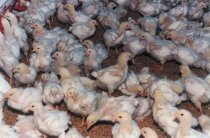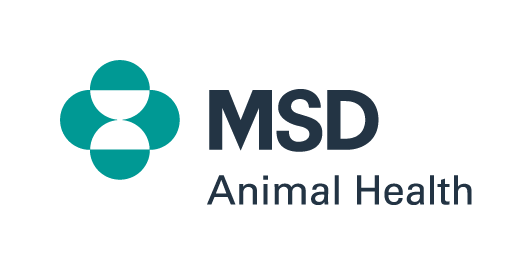Biosecurity to Prevent CAV Infections in Chickens
Basic management practices such as limited controlled site access, separate footwear and equipment for each site/house, and footbaths at the entrance to sites/houses all minimize the risk of introducing the virus.
- Dry clean: removal and disposal of all organic material from the site (in the case of earthen floors this should include removing the top 4-5 cm of soil.
- Wet clean: clearing poultry houses using water at high pressure (35-55 Bar) to ensure removal of all organic material. It is advisable to add detergents to assist the cleaning process.
- Disinfection: application of a suitable disinfectant to reduce infectivity of any remaining virus particles. Applying disinfectants at the correct concentration with a suitable contact time is critical. Generally products containing formaldehyde, chlorine releasing agents, or quaternary ammonium compounds are suitable within the context of minimizing virus (and lowering infective dose) in the environment, rather than assuring complete inactivation.
The downtime between successive flocks must be maximized (a minimum of 10 days is recommended). The control of CAV on multi-age sites is extremely challenging and requires strict control of the movement of personnel and equipment between houses.

Hygienic measures are aimed at minimizing infection pressure.
Merck Animal Health headquarters
Go to the Merck Animal Health website to find out more about the company and read about other innovative products available.
